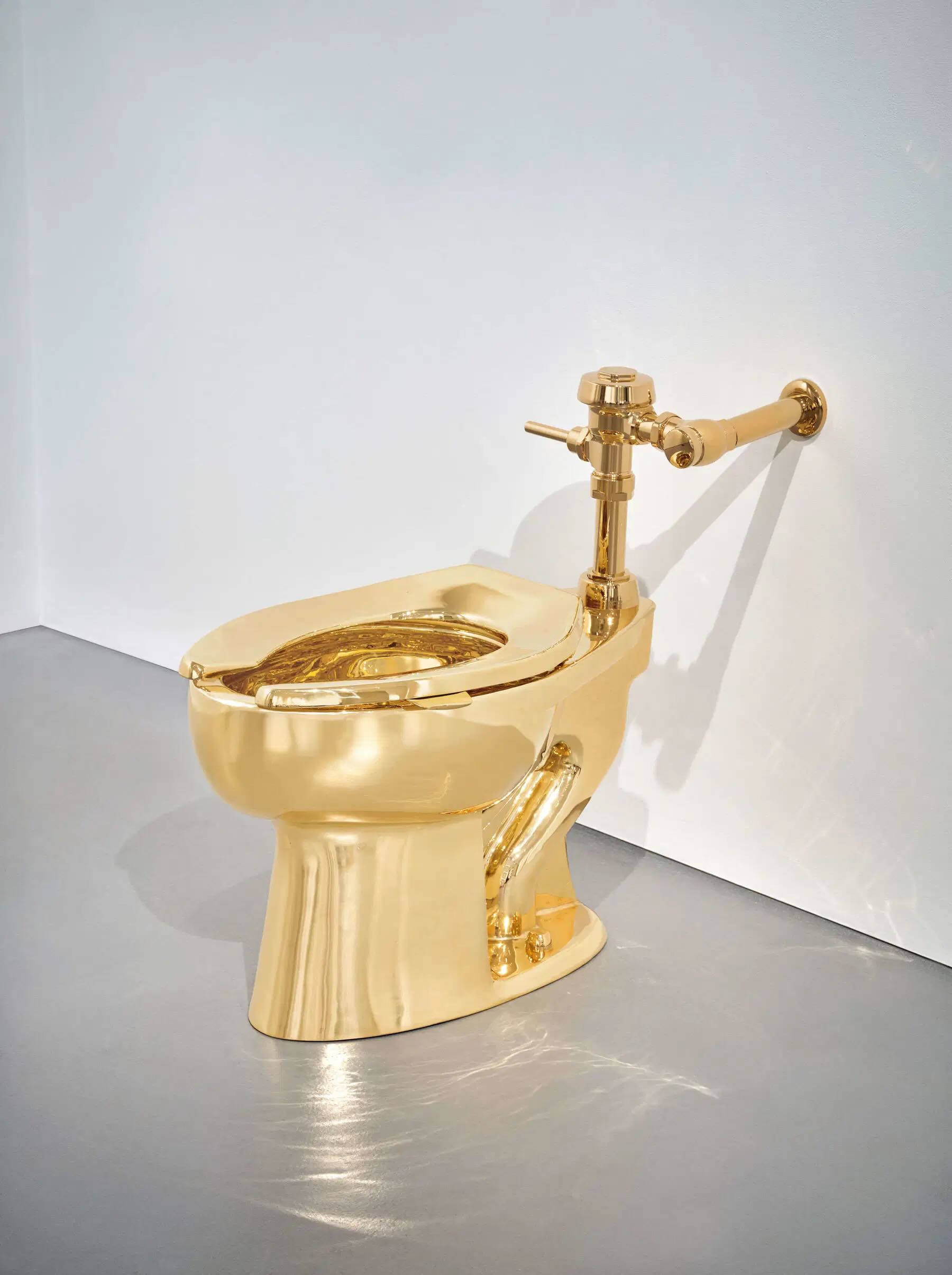The idea of using plastic as an air container dates back to the 1940s, when the US military force was looking for a lightweight, waterproof, easy-to-mount and durable solution to protect American radars exposed to the harsh Arctic weather conditions. Engineer Walter Bird (1912-2006) came out with the idea of a 'radadome' in 1946. This dome shaped inflatable structure used a fiberglass and neoprene air chamber to enclose air, the only material that would not interfere with radar's operations. About ten years later, Bird launched a similar product, this time dedicated to civil use: it was a transparent plastic structure and was used to cover pools in order to use them during the winter months.
Around the same time, and always in a military context, the first real inflatable piece of furniture was born. We are talking of the inflatable chair designed by William H. Miller Jr, an employee of the American chemical company Gallowhur Chemical. This armchair made of vinylite and a rope net typifies the application of innovative materials and production techniques heightened during war time to domestic products. In fact after World War II these new techniques quickly entered in the domestic life of American families.
It was in the '50s and '60s that inflatable furniture made its real appearance on the market. The designer who is most often associated with inflatable objects of common use is the Vietnamese Quasar, whose real name is Nguyen Manh Khanh (1934-2016). Born in Hanoï, Vietnam, this pioneer of pneumatic design was trained in Paris and launched his PVC line 'Aerospace collection' in the late 1960s. His 'Apollo' plastic armchair is a tribute to the Space Age, but one can speculate that it was also a cue for one of the most successful designs of the century, the famous 'Togo' sofa, also designed in France with a rather similar profile (but without the blow air concept) by Michel Ducaroy, and presented at the 1973 Paris Furniture Fair.
A few years before, in 1967 'Blow' was born, the first mass distributed inflatable armchair. The idea was to create an object that would be easy to inflate, to transport and store: four young members of the Anti-design movement, Jonathan De Pas, Donato D'Urbino, Paolo Lomazzi, and Carla Scolari, created this armchair for Zanotta. Their project remained famous until the 1990s when it was revived by Britney Spears who launched a line ‘Blow’ chairs under her name.
We can think of many more objects to include in the history of inflatable furniture, not least 2019 Prada's transparent cube created in collaboration with Verpan and designed by Verner Panton. Or 'Anda', the armchair designed by Israeli designer Tehila Guy with a very simple wooden structure made to insert a minimal transparent inflatable seat. In all these years materials have slightly changed and definitely became more eco friendly, however the basic concept remains valid and unaltered still today: to take advantage of a plastic shell to create lightweight, beautiful, modern and economical structures. One of those ideas that can touch everyone's lives, starting with those of the kids who we watch playing on the beach with inflatable mattresses, tank tops, inflatable loungers and pneumatic castles.






.png)





